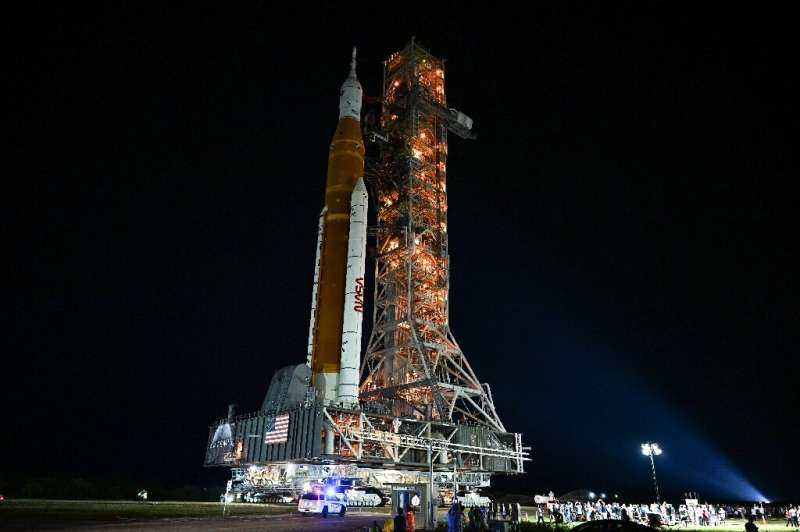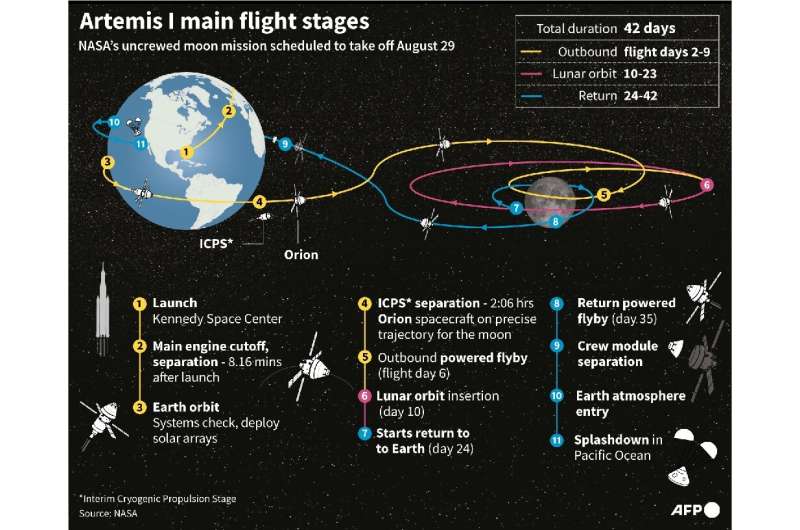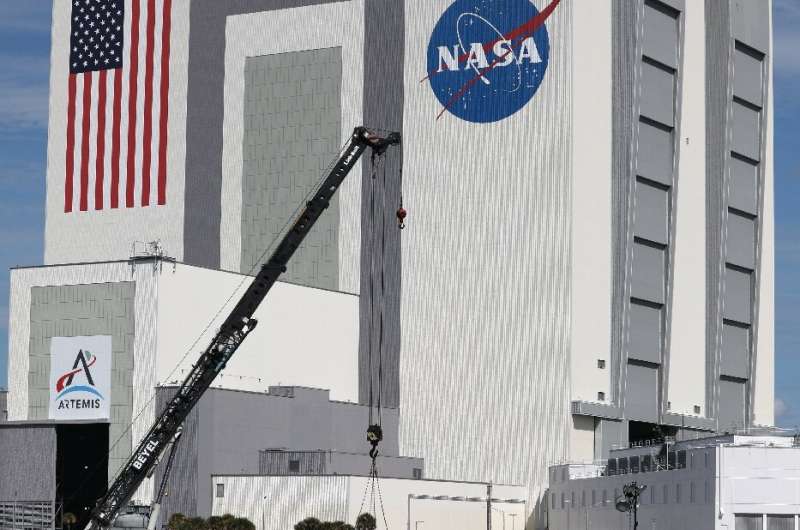Joshua Zitser
Sun, August 21, 2022

Bottles of wine with labels depicting Nazi leader Adolf Hitler sit on a shelf in the cellar of Vini Lunardelli.
An Italian winemaker has been selling Hitler-themed bottles of wine for more than 25 years.
He told Vice World News that the Hitler labels are not political and are for customers looking to "remember" history.
The Hitler range of wine bottles will be discontinued, the winemaker said, but not until next year.
An Italian winemaker, whose company has been selling bottles of wines with photographs of Adolf Hitler and Nazi slogans for over 25 years, has defended the controversial products in an interview with Vice World News.
The bottles of wine are branded with photographs of the genocidal dictator and Nazi slogans such as "Blut und Ehre" ("Blood and Honor"), "Sieg Heil" ("Hail Victory"), and "Ein Volk, Ein Reich, Ein Führer" ("One People, One Realm, One Leader").

Different labels depicting Nazi leader Adolf Hitler rest on boxes in the cellar of Vini Lunardelli.Giuseppe
The products are banned in Germany and Austria due to laws prohibiting the display of Nazy symbols but are sold online, and in more than 50 Italian stores, Vice World News reported.
Recent media coverage in Germany of the bottles sparked outrage. Representatives of Jewish communities have also expressed horror. Rabbi Abraham Cooper, director of global social action at The Simon Wiesenthal Centre, told Vice World News that the products are a "celebration of evil and genocide."
Nonetheless, Andrea Lunardelli of Vini Lunardelli told the media outlet that the products are not "political," adding that there's a lot of demand for them.

Andrea Lunardelli boxes a bottle of Hitler-branded wine in September 2003.
Lunardelli told Vice World News that the Hitler wines are the "most requested label" in the historical line of products, which features labels honoring dictators like Joseph Stalin and Francisco Franco. There's a lot of demand from customers, many of whom are German, British, French, Scandinavian, and Russian, he told the media outlet.
Lunardelli clarified that he is "absolutely not a Nazi" and suggested that the labels aren't antisemitic, telling Vice World News that the Hitler wine bottles are merely for a market that wants to "remember" history.
"Whoever buys [the Hitler wine] is a collector, or remembers history, or wants nationalism against the current policies of multinationals… not against Jews," he said, per Vice World News.
"Besides, Hitler was a teetotaller, so we can even say that alcohol and Hitler are a nice joke," Lunardelli continued.
The wine will eventually be discontinued, Vice World News reported, but not until the start of 2023. It coincides with when Lunardelli takes over the company from his father, the media outlet said.
He told Vice World News that the product would be discontinued because he was fed up with the controversy surrounding it, and not because he's bowing to pressure.
Read the original article on Insider
















